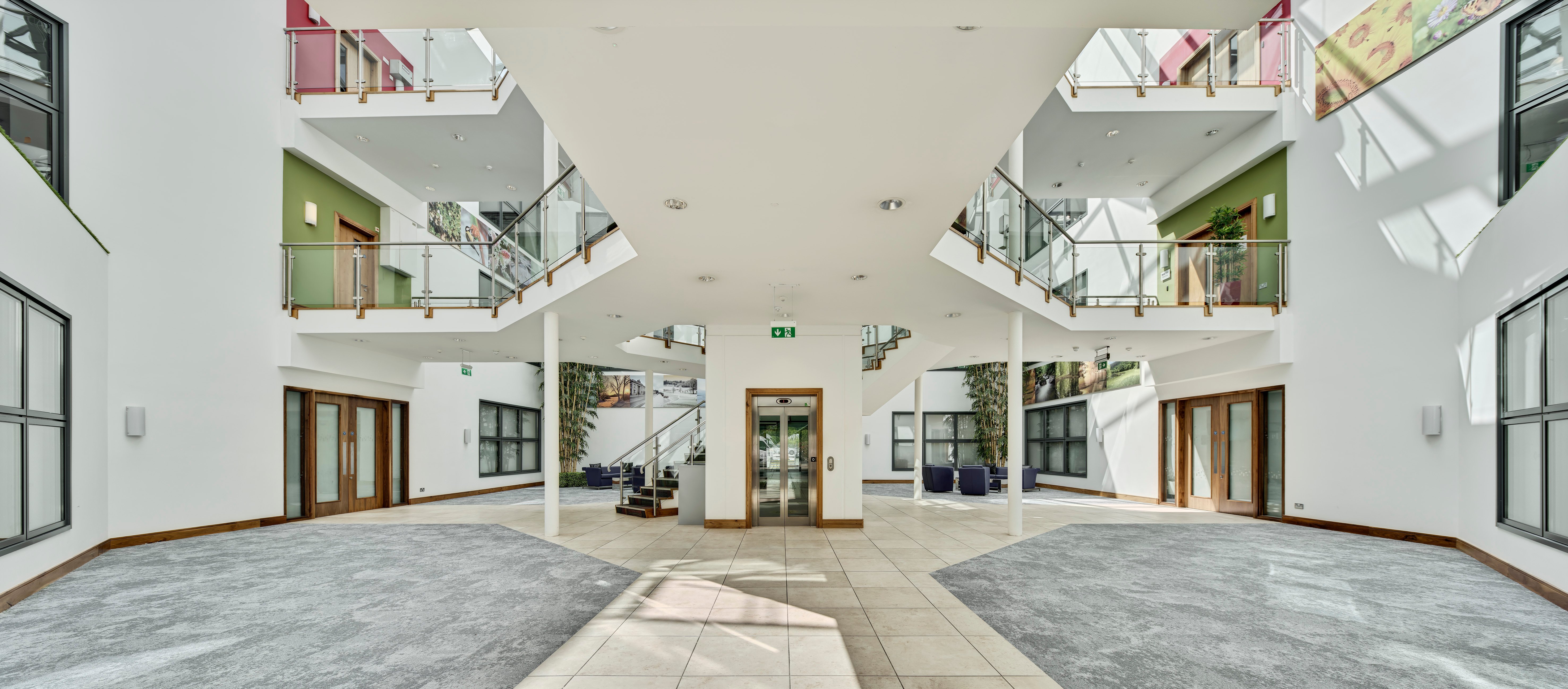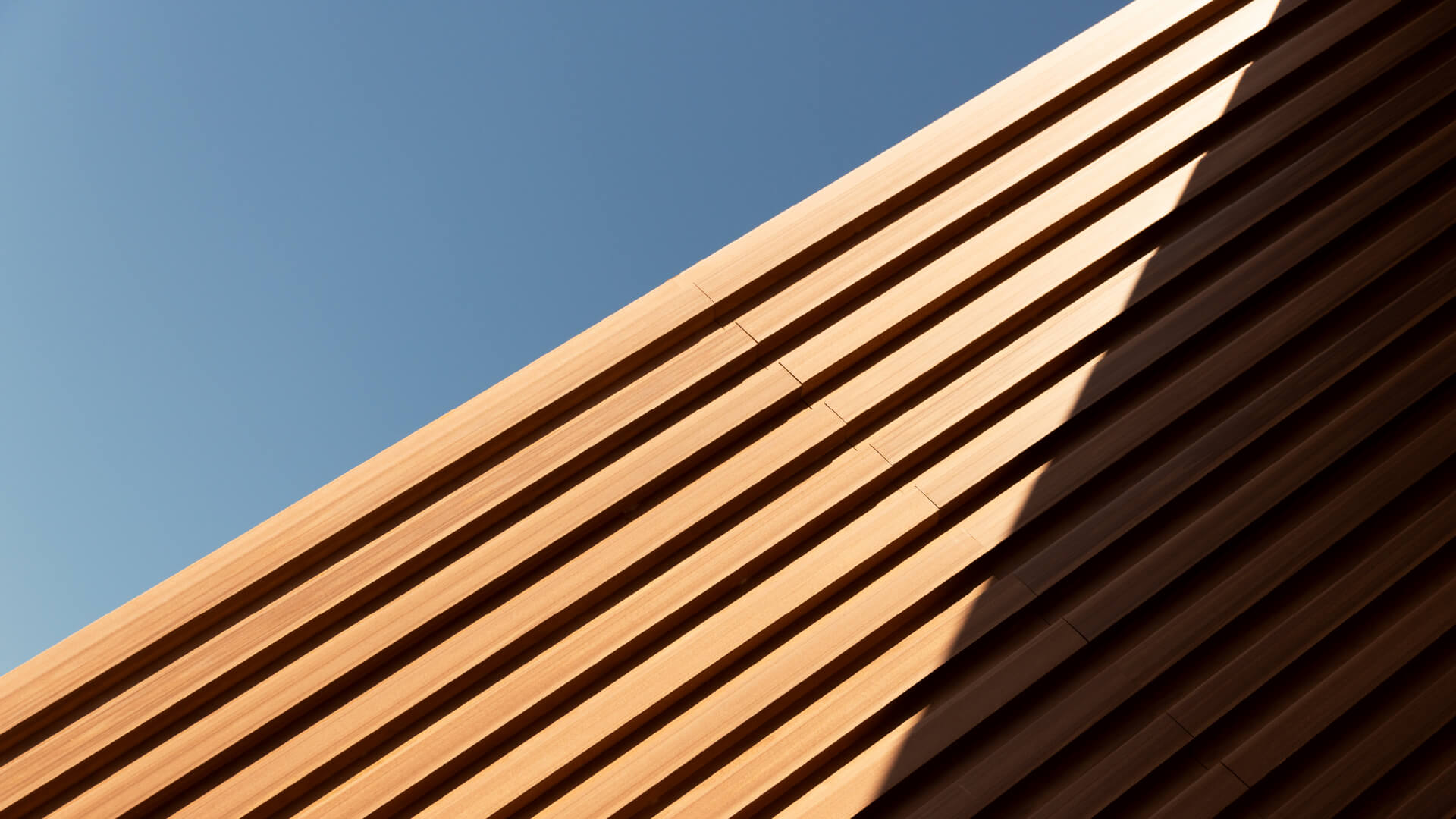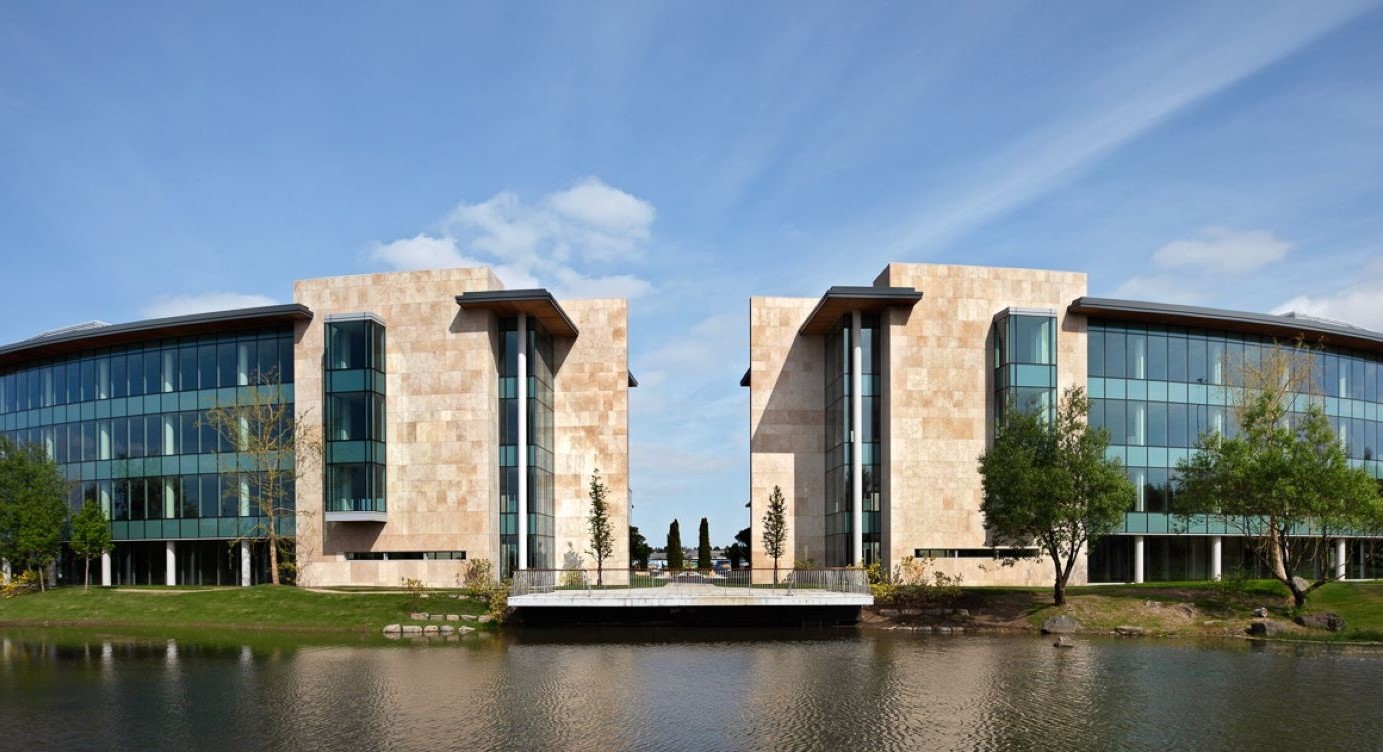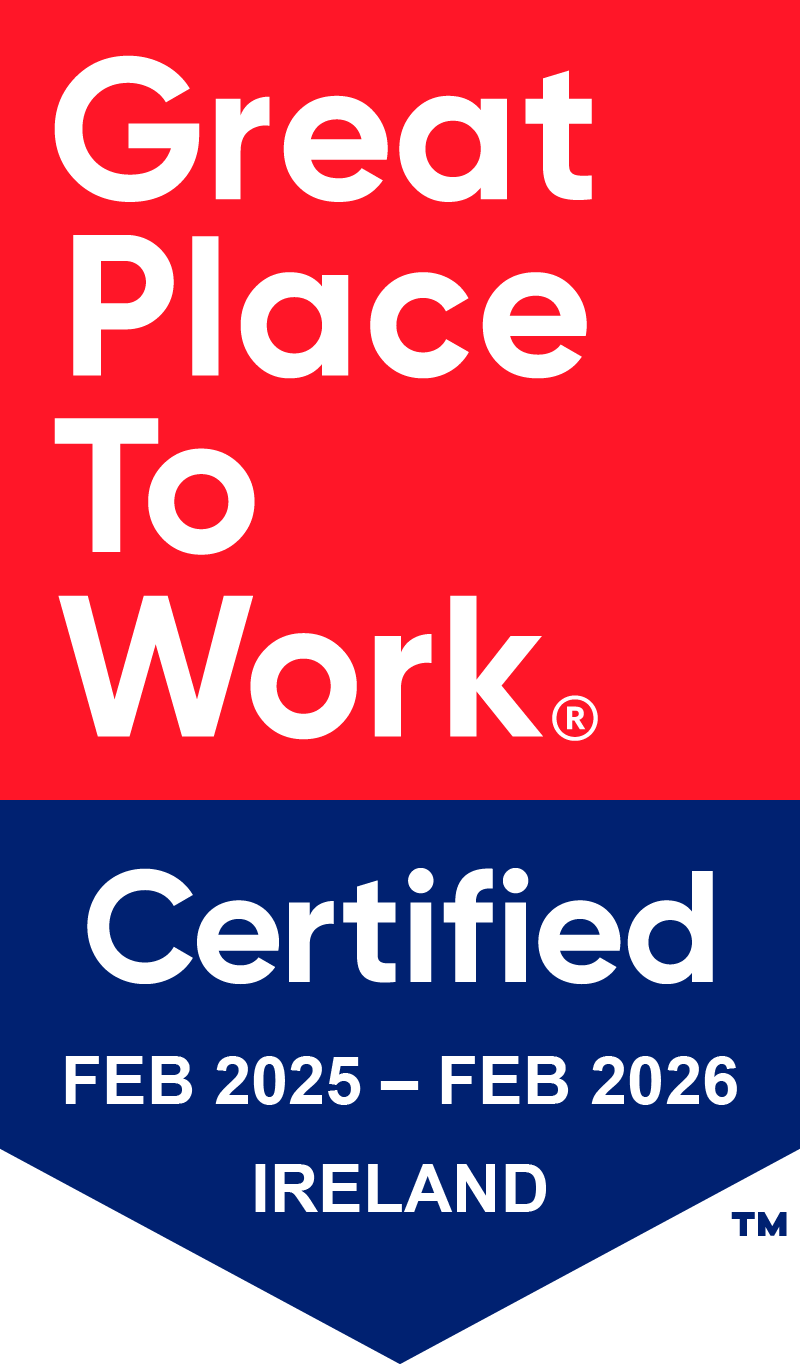Commercial Building Retrofit: A Key to Sustainable Property Investment

In the evolving landscape of commercial real estate investment, the imperative for sustainability and adherence to Environmental, Social, and Governance (ESG) principles is reshaping investor priorities and strategies. Among the diverse opportunities aligning with these objectives, the retrofitting of aged office buildings emerges as a confluence of environmental stewardship and profitable investment. This practice addresses the burgeoning demand for green investments and presents a compelling narrative for sustainable investment endeavours.
The Environmental Imperative of Retrofitting
- Resource Conservation: The strategic retrofitting of existing structures significantly mitigates the demand for new raw materials to extend the life span of the embodied carbon footprint of existing buildings. This approach not only conserves natural resources but also reduces the environmental impact associated with new constructions, thus fostering a sustainable trajectory in the real estate sector.
- Waste Reduction: By refurbishing and modernizing existing edifices, the retrofitting process crucially curtails waste production, offering a stark departure from traditional construction practices. This initiative plays a pivotal role in reducing landfill contributions and minimizes the ecological footprint of waste management.
- Alignment with Global Sustainability Goals: Retrofitting initiatives are in profound harmony with global sustainability aims and ESG metrics. This alignment signifies a robust contribution to combating climate change, promoting energy efficiency, and advancing sustainable urban development, thereby resonating with eco-conscious investors and stakeholders.
The intersection of environmental benefits and commercial retrofitting underscores its prominence in sustainable investing, amalgamating ecological responsibility with financial acumen.
Economic Advantages of Retrofitting
The economic incentives of retrofitting are manifold, encompassing:
- Building Cost Efficiency: retrofitting translates into significant cost savings, reducing reliance on expensive new materials and construction methods.
- Enhancement of Property Value: Retrofitting augments the market value and attractiveness of old buildings through modernisation, location, and the incorporation of energy-efficient features, attracting tenants and buyers willing to pay a premium, thereby elevating property profitability. A study by the World Green Building Council found that retrofitting projects can lead to an average increase in property values of over 7%, highlighting the direct financial benefits of sustainable refurbishment.
- Energy Efficiency: retrofitting can result in operational cost savings ranging from 8% to 33% for commercial buildings, according to a report by the American Council for an Energy-Efficient Economy. These savings significantly impact the bottom line for property owners and investors.
- Greater Occupancy Rates: higher occupancy rates and can increase rental income. Buildings with green certifications have shown to attract more tenants and command higher rents, with some reports noting a premium of up to 20% compared to non-green buildings. This trend reflects a growing demand for sustainable and energy-efficient workspaces among tenants, further driving the commercial appeal of retrofitting projects. Collectively, these statistics not only validate the economic rationale behind retrofitting but also highlight its role in future-proofing investments in the commercial real estate sector.
Irish Retrofitting Success Stories…
In Ireland, the push towards sustainable development has catalysed numerous successful commercial retrofit projects, establishing benchmarks for environmental stewardship and energy efficiency. One standout example is the retrofit of the Fine Grain Property – Campus Atrium in Maynooth, which underwent a remarkable transformation into a beacon of sustainability. By integrating advanced energy-efficient technologies and sustainable design principles, the project elevated its energy rating from C3 to an impressive B2, substantially reducing its carbon footprint and operational costs, and thereby setting a compelling precedent for commercial retrofits nationwide.
This enhanced Building Energy Rating (BER) was achieved through the strategic implementation of highly energy-efficient lighting and cutting edge Air Conditioning (AC) systems. The AC system's sophisticated controls continuously monitor and adjust operations to maintain a consistently comfortable indoor environment, while simultaneously decreasing energy usage, associated costs, and environmental impact. Notably, the system boasts the ability to repurpose waste heat extracted from cooling one area of the office for heating purposes in another, resulting in a 30% reduction in electricity input costs for clients and a corresponding decrease in the overall carbon footprint.
This exemplary project underscores Ireland's steadfast commitment to sustainable building practices and highlights the significant commercial and environmental successes that retrofitting endeavours can achieve. By prioritising energy efficiency and sustainability, these retrofits not only align with Ireland's green targets but also enhance the appeal and profitability of its commercial real estate market.
The Movement Towards Green Investment
Sustainable investing is gaining unstoppable momentum, with retrofitting at its core. For investors seeking alignment between their values and portfolios, sustainable retrofitting presents abundant opportunities. It's a chance to not only meet ESG criteria but also drive financial prosperity while upholding sustainability goals. By embarking on commercial and office building retrofitting, investors can reshape investment landscapes, marrying financial success with environmental responsibility.
Exploring Sustainable Retrofitting Opportunities
Investors interested in sustainable retrofitting will discover its alignment with broader financial and ecological objectives, offering a platform to make a tangible impact. This invitation to contribute positively to the environment and society while achieving financial goals heralds a future of prosperity and sustainability. Together, let's explore the potential of green investments and set new standards in the real estate market, one retrofit project at a time.




